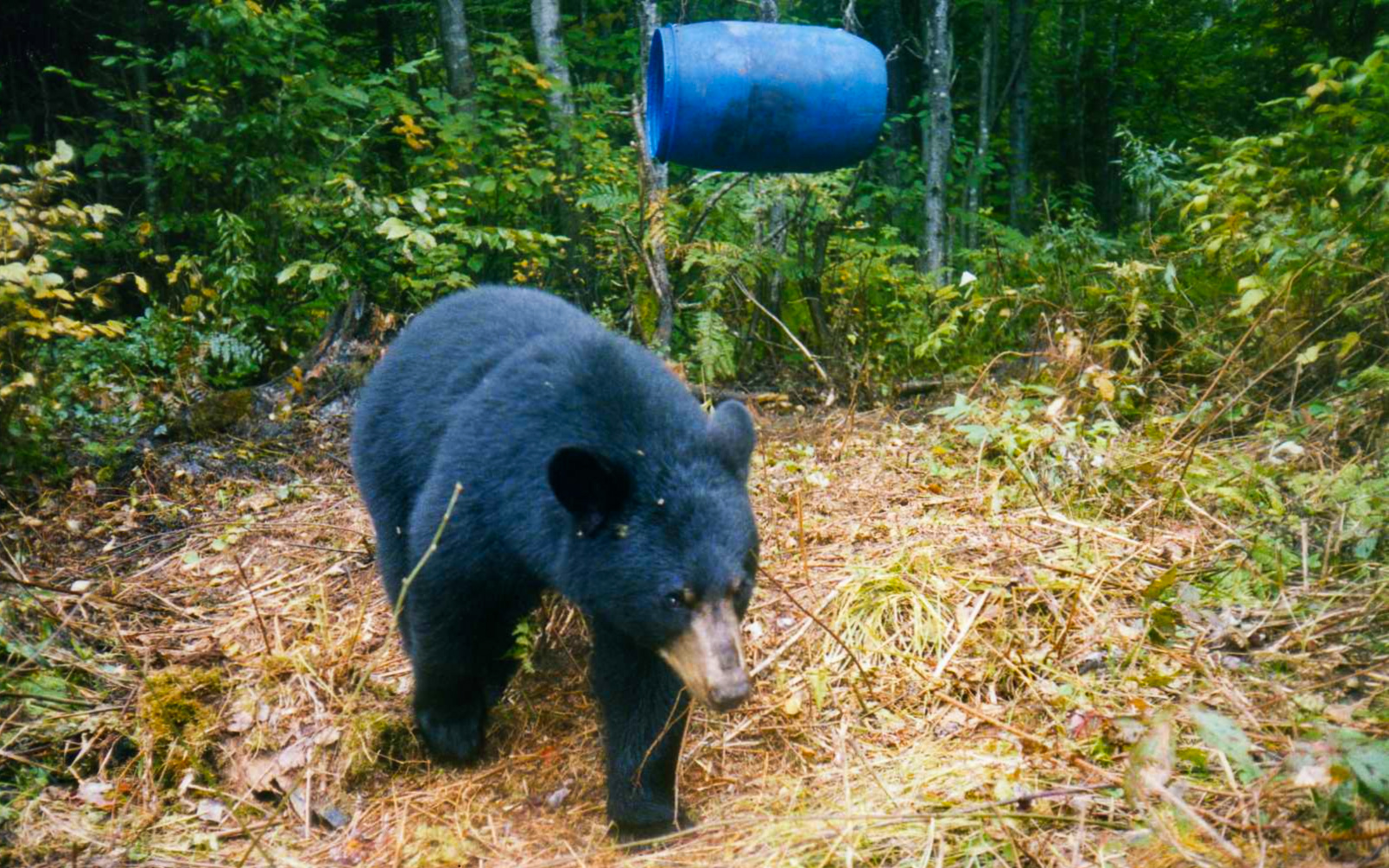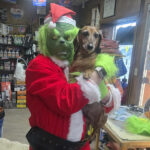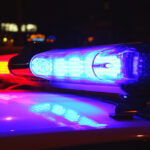
The upcoming fall bear season is likely to be the oddest Maine has ever experienced. The state’s black bear population keeps growing; hunters can’t ebb the yearly increase, nuisance calls regarding problem bruins go up each year and promised legislative changes to hunting regulations have stalled for two years.
The state’s staff of well-educated and vastly experienced bear biologists are being ignored. This long-practiced hunting heritage and tradition is becoming more controlled by politics and anti-hunting sentiments than biological facts and common sense.
Add to these factors the ongoing COVID-19 pandemic that will surely keep hundreds of non-resident hunters from traveling to Maine and paying much-needed money to guides and outfitters, and it’s going to be strange and frustrating.
Prodigious natural food supplies last fall and warmer-than-normal weather led to a decrease of over 1,000 bears harvested. This year, due to extremely dry conditions, berries, nuts and other favorite bear foods will be in sparse supply, so bait sites should be very popular and hunting opportunities high.

Greg Palm of Presque Isle positions a bacon-flavored scent ball hanging from a wire cable above the bait barrel to get ready for the upcoming bear season.
More bruin, fewer hunters, reduced natural food and a chance to social distance all bode well for regional individual sportsmen. Since it was legal to begin baiting on Aug. 1 and the season starts on Aug. 31, it’s time to set up a baiting location. Don’t feel like you’re getting a late start; I’ve known plenty of baiters who intentionally waited until the week before opening day to start, saving money on vehicle gas and bait, and had bear on site within two days. Although it’s beneficial to have a mentor along while setting up your first black bear bait site, even rookies can succeed with info from experienced friends, books and videos. It’s a learning experience and an exciting personal adventure with a fair amount of work involved over the two-month-long baiting and hunting season.
Regardless of where you live, there’s a viable spot to set up a bait within 15-20 minutes of your home in Aroostook County. I live just over a mile from Main Street in Presque Isle and a few years ago built a successful bait in the woods about 500 yards behind my house.
If you own a large enough piece of wooded land in a safe, legal area to hunt, it’s just a matter of selecting a location based on cover, prevalent wind direction and the sun movement. There are plenty of farmers willing to allow sportsmen to set up bait sites. Just be sure there are no other baiters within at least two miles. Also, avoid nearness to any farm buildings, machinery, ATV, hiking or biking trails. Silence, solitude and safety are always prime concerns near any shooting location.
If a brook, small pond or some sort of wetland and dark-growth area is near the bait site, all the better to keep bear around. A sturdy tree to support a tree stand or ladder stand is crucial, and 20 to 40 yards away, another tree to attach a bait barrel or bucket, or two trees if the barrel is to be suspended on a cable between the trunks and off the ground away from scavengers — high enough so only a bruin can eat.

The author used a camera rather than a gun to capture these visitors. It seems like trick photography but is actually a pair of visiting black bear moving in opposite directions. (Bill Graves)
Bait containers can range from 5-gallon plastic buckets to 55-gallon metal barrels. I favor the 35-gallon white, thick plastic drums in which farming liquid chemicals are transported. Whatever container is selected, it’s imperative that it be solidly wired or chained to a sturdy tree or it will certainly be dragged away to deeper, thicker woods. A solidly secured bait receptacle assures the quarry must stay in the open to eat, allowing a chance to judge size and make a clear shot with gun, bow or camera.
The next step is putting fresh bait in the barrel as often as it is eaten; pastries, popcorn, trail mix and any kind of bread will do, and drizzling molasses, honey, frosting, peanut butter or caramel over the solid food keeps bear coming back. Most hunters then set up a tree stand or ladder stand, and more hunters the last few seasons are putting up portable camouflage ground blinds. I prefer a 16-foot ladder stand since it gives one a better view of surrounding woods and a clear, stable shooting platform. Enclosed ground blinds have the advantage of keeping the insects away, hiding any movement by the hunter and offering protection from the sun and wet weather.
To draw more bear from greater distance, it’s common practice to use an attractant scent along with the aroma of food. There are hundreds of oils, gels, powders, sprinkles, sprays and solid blocks produced commercially in dozens of enticing aromas. Old-school hunters do a honey burn, set up an anise drip or spread out used cooking oil. The wind will do its job of spreading these attractant aromas to bear a mile or more away.
Lastly, most sportsmen set up a digital camera to record the number, size and time of each visiting bruin. That’s the rundown on setting up a bear bait site, and such an outdoor venture is a perfect way to get outside frequently and avoid crowds and the virus. Whether you hope to put tasty meat in the freezer or simply observe wildlife and snap photos, it’s time to get started. The bear season begins with youth day on Aug. 29, and is open for everyone from Aug. 31 to Sept. 26. Don’t forget to purchase all the right licenses and permits.







